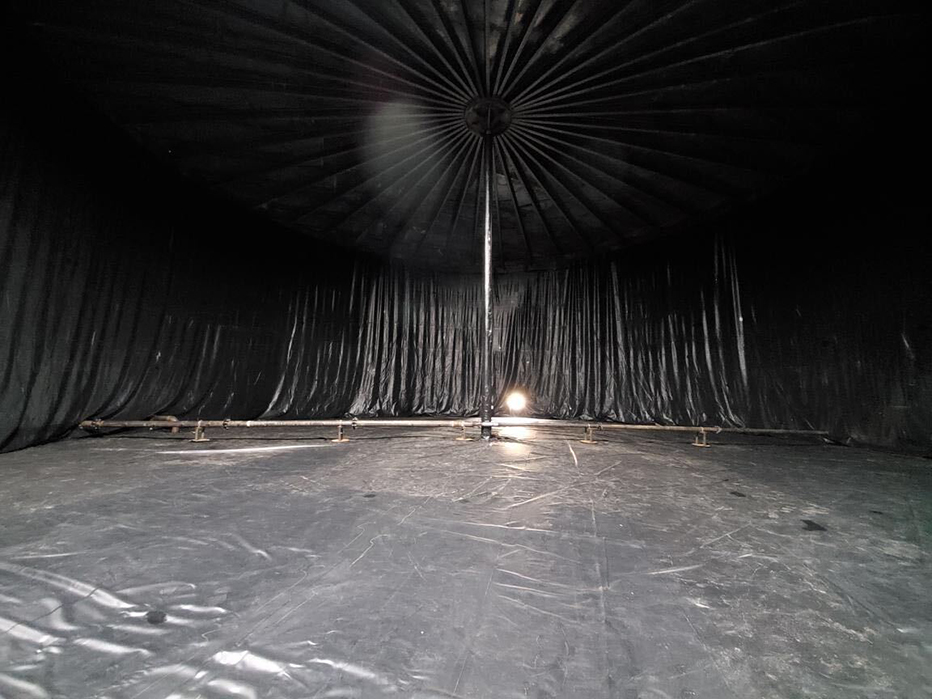OSU: Soybean Cyst Nematode Expands Range

Soybean Cyst Nematodes known distribution in the U.S. and Canada, 2014 (SOURCE: The Ohio State University Extension C.O.R.N. Newsletter).
Approximately every three years the map is updated where SCN is found in the US. To do this task records from the diagnostic clinic and data from field studies are collected and the findings are plotted on the map. Greg Tylka from Iowa State University coordinates this effort with Figure 1 illustrating the latest results. As expected, in the last 3 years SCN was identified in more counties in Ohio. For a county to be colored red, at least one field has to be identified with populations over 200 eggs/cup soil.
We have identified fields across Ohio from west to east, next to the Pennsylvania border that have SCN. In addition, we are identifying more fields in the state with populations above the economic thresholds. With SCN populations of 1500 eggs/cup of soil, we have recorded 25 to 50% yield loss without any above ground symptoms. More troubling is the number of fields where populations are now reaching 20,000 eggs and higher. For these super high populations, rotation does not appear to be as effective as it is when populations are kept low.
The primary lesson: keep track of the fields with SCN and keep the populations low. The best means to keep populations low is still to rotate soybean with non-hosts crops such as: Wheat, Corn, Alfalfa, and Red Clover. Compare yields from the same variety to the county average, performance trials and among all of your fields. There are many reasons for soybeans not to yield the same, but consistently producing 10 to 15 bushel less can be an indication that SCN may be playing a role.
There are numerous labs that will measure the SCN populations, including OSU’s own C. Wayne Ellett Plant and Pest Diagnostic Clinic. Sampling and tracking SCN populations are the first steps to successful management of this pathogen.
SOURCE: Terry Niblack, Nancy Taylor, Anne Dorrance, The Ohio State University-Extension; C.O.R.N. Newsletter.






